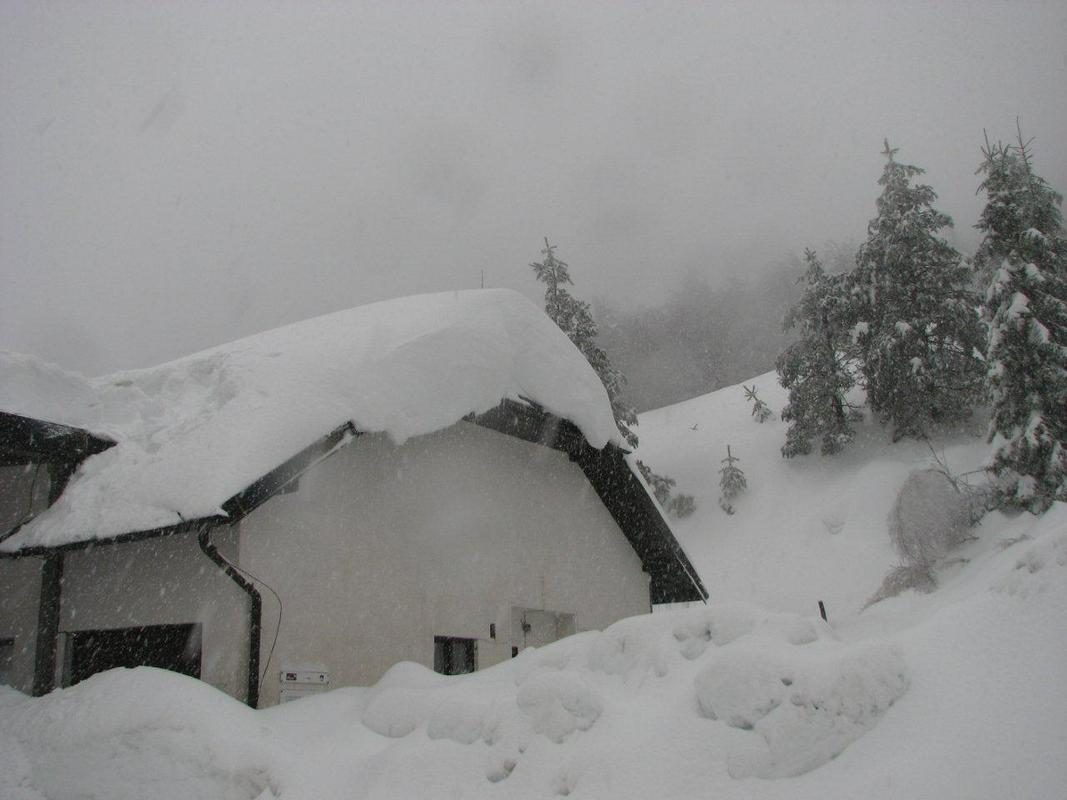
Before the war, the area was a part of Fascist Italy, and difficult economic conditions led many villagers to seek a better life elsewhere. Most residents continued to hope that conditions would improve, however, and they chose to stay in Strmec. The outbreak of World War II ultimately shattered their dreams.
In 1943, members of the Slovenian anti-fascist Partisan resistance shot a German officer in the area. In retaliation, the German forces surrounded the village on October 11, locked the women in a building, and drove all the male villagers to a nearby field. The soldiers opened fire, and within seconds, all seventeen men and the boys were dead. The Germans then returned to the village and burned down all the houses, as well as the village church.
The victims were eventually buried in the valley below. After the war, the area came under the administration of the Western Allies, pending the resolution of the Italian-Yugoslav border. The Allied Military Administration rebuilt Strmec, and seven of the surviving women chose to return to their homes.
For years afterwards, the women could be seen wearing black headscarves as a sign of mourning. The only male resident of the village was a boy who had not yet been born at the time of the massacre; he helped the women with their daily chores. Strmec became known as "the village of the black headscarves" and was even the subject of a short documentary.
Today, the village is adorned with flowers and is known for its picturesque views of the valley below. Most drivers who pass by Strmec, or make a stop to admire the scenery, remain unaware of the tragedy that, only a few generations ago, forever changed the lives of so many people.
Jaka Bartolj

































































